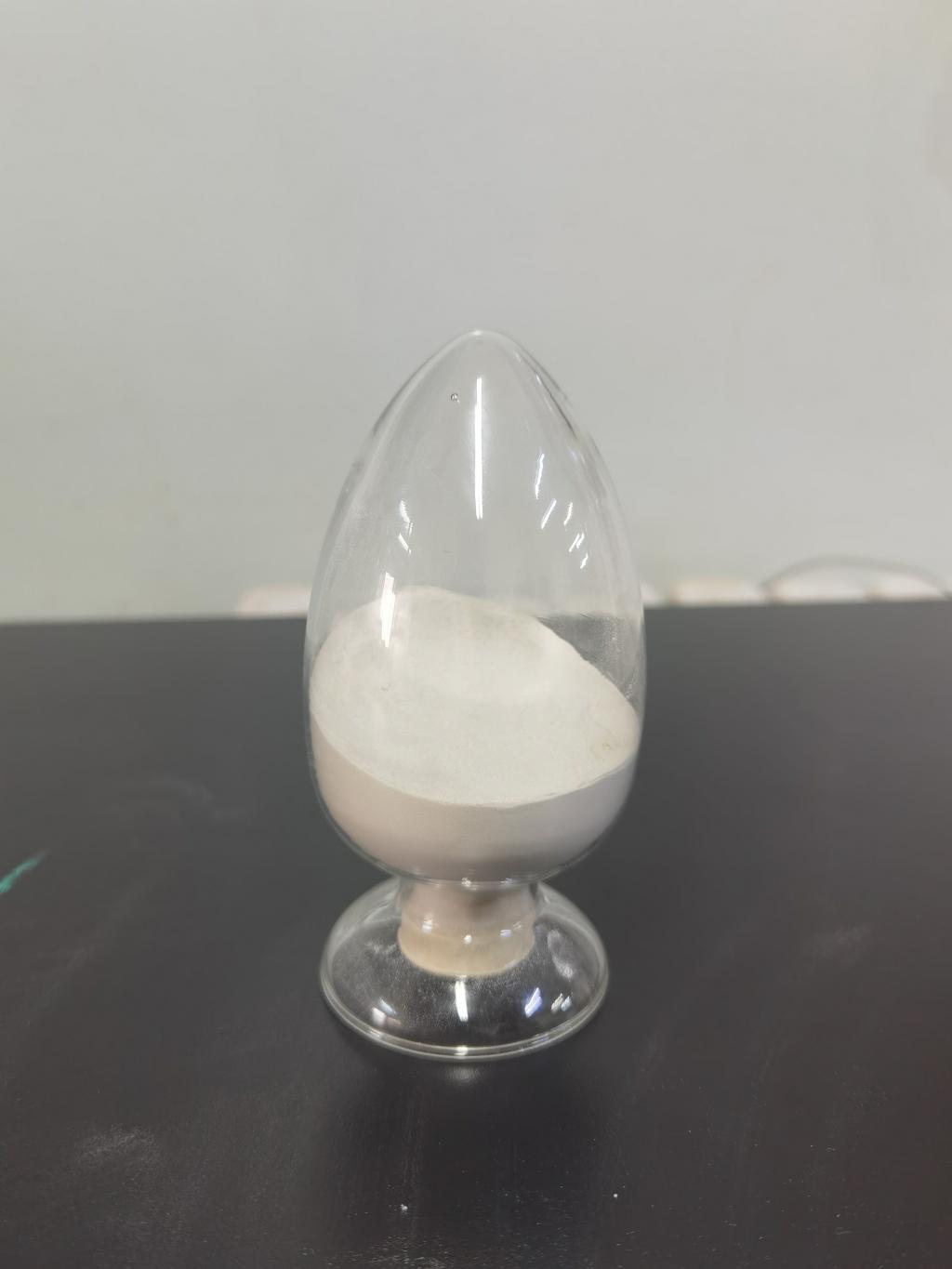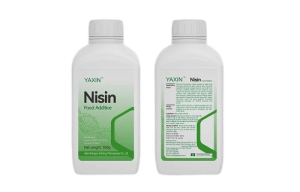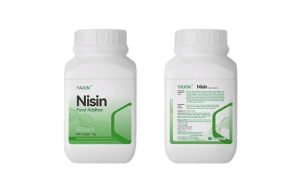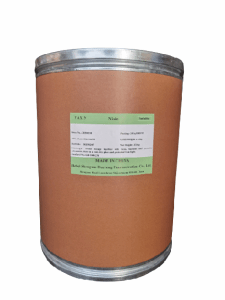Tel:+8618231198596

News
 CONTACT
CONTACT
 CONTACT
CONTACT
- Linkman:Linda Yao
- Tel: +8618231198596
- Email:linda.yao@dcpharma.cn
- Linkman:CHARLES.WANG
- Department:Overseas
- Tel: 0086 0311-85537378 0086 0311-85539701
News
The use of nisin in packaging materials for food preservation.
TIME:2024-10-29
Why Nisin-Infused Packaging?
Packaging that actively protects food from microbial contamination is in high demand, especially as consumer preferences shift toward minimally processed, clean-label foods. Traditional food additives sometimes face limitations in foods that cannot be treated with heat or that have complex, multi-ingredient compositions. In these cases, packaging materials that continuously release or activate antimicrobial agents like nisin provide an alternative by creating a hostile environment for bacterial growth within the packaging itself.
The primary pathogens and spoilage organisms that threaten food safety in packaged products include Listeria monocytogenes, Staphylococcus aureus, and Clostridium botulinum, all of which are susceptible to nisin. By integrating nisin into packaging materials, food producers can inhibit the growth of these bacteria and extend the product’s shelf life without requiring synthetic additives. This is particularly beneficial for products like ready-to-eat (RTE) meals, dairy, meats, and fresh produce.
Mechanisms of Nisin in Packaging Materials
Nisin’s antimicrobial action in packaging materials is based on its ability to disrupt bacterial cell walls. By binding to lipid II, an essential component of the bacterial cell wall, nisin inhibits cell wall synthesis and creates pores in the bacterial membrane, leading to cell death. When incorporated into packaging, nisin can be applied in several forms to maximize effectiveness, such as through coatings, films, or encapsulated particles embedded within the packaging material.
Types of Nisin-Infused Packaging Systems
Coated Films: In coated film applications, nisin is layered onto the inner surface of the packaging, where it remains in contact with the food product. This type of application is widely used for packaging dairy products, meat, and RTE foods, where a direct contact layer allows for targeted, sustained microbial inhibition.
Biopolymer Films and Edible Coatings: Nisin can be incorporated into biopolymer films made from biodegradable materials such as chitosan or polylactic acid (PLA). These films, which are often used in packaging fresh produce and seafood, not only protect the environment through their biodegradable properties but also offer an edible, antimicrobial surface that preserves food quality and safety.
Encapsulation in Micro- or Nanoparticles: Encapsulating nisin in micro- or nanoparticles allows for controlled, sustained release over time, ensuring a longer-lasting antimicrobial effect. Encapsulation can also protect nisin from environmental factors such as light, heat, and oxygen, enhancing its stability and effectiveness in packaging applications. Nanoparticle-embedded packaging materials are particularly promising for use in high-moisture foods, where prolonged antimicrobial activity is essential.
Benefits of Nisin-Infused Packaging
Extended Shelf Life and Reduced Waste: Nisin-infused packaging materials inhibit spoilage organisms, extending the shelf life of packaged foods and reducing food waste. By limiting microbial growth, this packaging helps maintain product freshness and quality over time, which benefits both consumers and retailers.
Natural and Safe Preservation: Nisin is generally recognized as safe (GRAS) and meets the clean-label requirements that consumers seek. Unlike synthetic preservatives, nisin offers a natural, non-toxic alternative that aligns with consumer demand for transparency and naturally preserved foods.
Selective Antimicrobial Action: Nisin’s specificity against Gram-positive bacteria makes it effective against common foodborne pathogens while minimizing impacts on other desirable food characteristics. This selective action is particularly advantageous in products like cheese and cured meats, where controlling specific spoilage organisms is essential to maintain flavor and texture.
Increased Packaging Sustainability: When nisin is integrated into biodegradable films, it aligns with the broader sustainability goals of the food industry. Combining natural antimicrobials with environmentally friendly materials provides a dual advantage of reducing plastic waste and using fewer chemical preservatives, appealing to environmentally conscious consumers.
Applications of Nisin-Infused Packaging Across Food Products
Meat and Poultry: Meat and poultry are particularly susceptible to contamination by Listeria monocytogenes and Staphylococcus aureus, making nisin-infused packaging highly suitable for these products. Studies have shown that nisin-treated packaging can significantly reduce microbial loads in packaged meats, improving safety and shelf life without affecting flavor or appearance.
Dairy Products: Dairy products, including cheese, yogurt, and milk, benefit from nisin’s effectiveness against spoilage organisms. Nisin-infused films and coatings are especially valuable in cheese packaging, where they prevent the growth of spoilage organisms like Lactobacillus and Clostridium, which can cause off-flavors and textural changes. By reducing these spoilage organisms, nisin-infused packaging preserves the sensory qualities of dairy products while extending their shelf life.
Fresh Produce: Nisin’s incorporation into biodegradable films has proven effective for fresh fruits and vegetables, which are prone to spoilage due to bacterial contamination. By slowing microbial growth on the surface, nisin-infused packaging allows fresh produce to stay fresh longer, especially during transportation and storage. Edible, nisin-infused coatings applied directly to produce also offer a promising solution for items like berries, apples, and leafy greens.
Ready-to-Eat Meals: RTE meals often require long shelf lives and must maintain safety in refrigerated conditions, where some pathogens can thrive. Nisin-infused packaging for RTE meals offers a natural, effective way to control pathogens like Listeria and Staphylococcus, which are major risks in minimally processed foods. The combination of nisin with other mild preservatives or in conjunction with refrigeration ensures that these meals remain safe for consumption.
Future Directions and Innovations in Nisin-Infused Packaging
With the ongoing push toward cleaner labels and sustainability, the future of nisin-infused packaging is promising. Researchers are currently focused on:
Enhanced Delivery Systems: Encapsulation techniques and micro- or nano-delivery systems are being refined to enable precise control over nisin release rates, enhancing its stability and long-term effectiveness in various environments.
Combination with Other Natural Antimicrobials: To broaden its antimicrobial spectrum, nisin is being combined with other natural antimicrobials like essential oils, lysozyme, and organic acids. These synergistic combinations can create a more comprehensive antimicrobial effect, addressing both Gram-positive and Gram-negative bacteria.
Active, Smart Packaging Solutions: Nisin-infused packaging is also being developed as part of “smart packaging” systems that can change color or trigger antimicrobial action based on environmental cues, such as temperature or humidity changes. These advancements allow for more efficient food preservation and improved monitoring of food freshness.
Conclusion
Nisin-infused packaging materials represent a major step forward in natural, effective food preservation. By leveraging nisin’s potent antimicrobial properties in packaging films, coatings, and edible layers, the food industry can deliver safer, longer-lasting, and environmentally friendly products. This innovation not only enhances food safety but also meets the demand for sustainable packaging and clean-label preservation. As research continues to expand on delivery methods, synergistic combinations, and smart packaging systems, nisin’s role in food preservation is set to grow, promising benefits for consumers, producers, and the environment alike.
- Tel:+8618231198596
- Whatsapp:18231198596
- Chat With Skype







